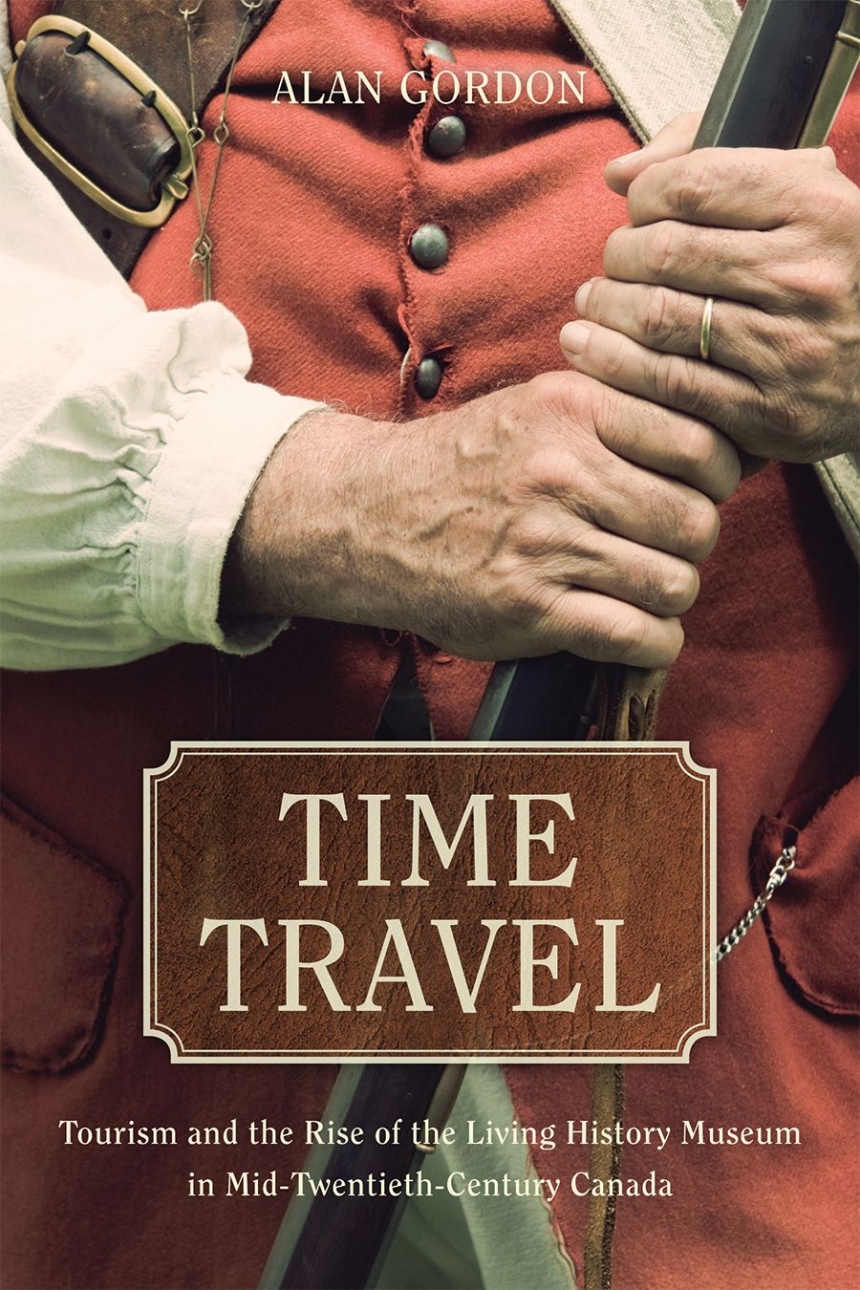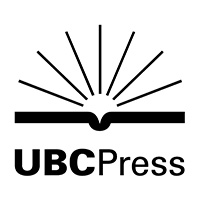University of British Columbia Press
Time Travel
Tourism and the Rise of the Living History Museum in Mid-Twentieth-Century Canada
9780774831543
9780774831536
Distributed for University of British Columbia Press
Time Travel
Tourism and the Rise of the Living History Museum in Mid-Twentieth-Century Canada
In the 1960s, Canadians could step through time to eighteenth-century trading posts or nineteenth-century pioneer towns. These living history museums promised authentic reconstructions of the past but, as Time Travel shows, they revealed more about mid-twentieth-century interests and perceptions of history than they reflected historical fact. These museums became important components of post-war government economic growth and employment policies. Shaped by political pressures and the need to balance education and entertainment, they reflected Canadians’ struggle to establish a pan-Canadian identity in the context of multiculturalism, competing nationalisms, First Nations resistance, and the growth of the state.
Table of Contents
Introduction: Living History Time Machines
Part 1: Foundations
1 History on Display
2 The Foundations of Living History in Canada
3 Tourism and History
Part 2: Structures
4 Pioneer Days
5 A Sense of the Past
6 Louisbourg and the Quest for Authenticity
Part 3: Connections
7 Fur and Gold
8 The Great Tradition of Western Empire
9 The Spirit of B & B
10 People and Place
11 Genuine Indians
Conclusion: The Limits of Time Travel
Notes
Index

